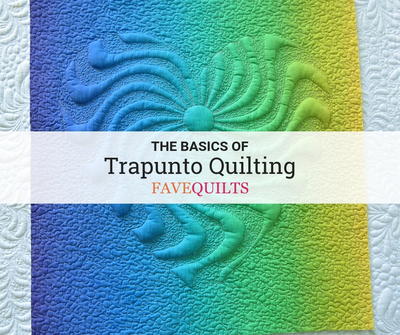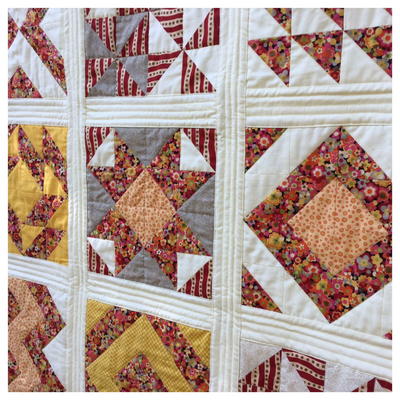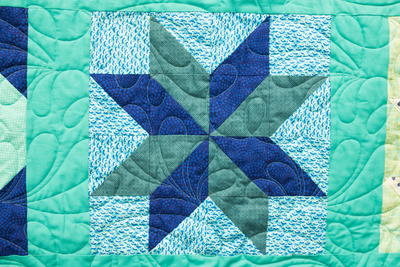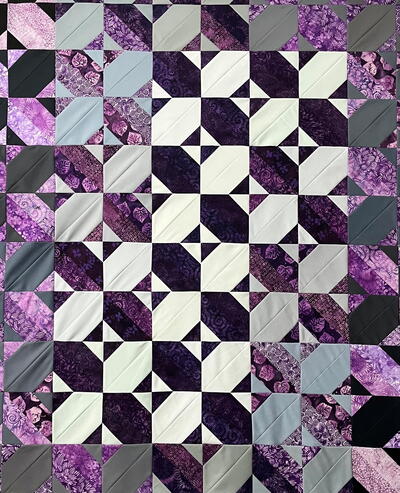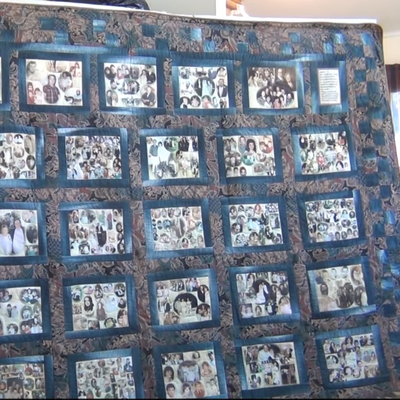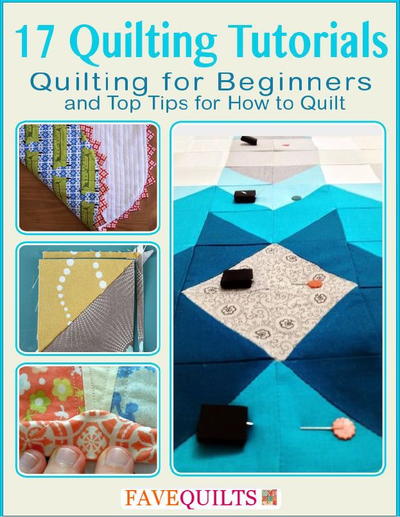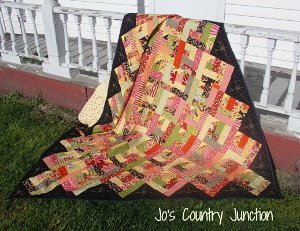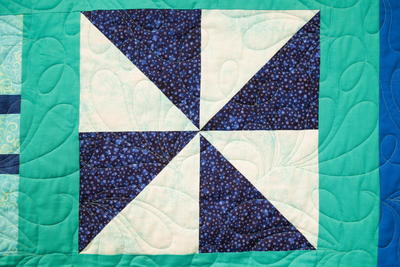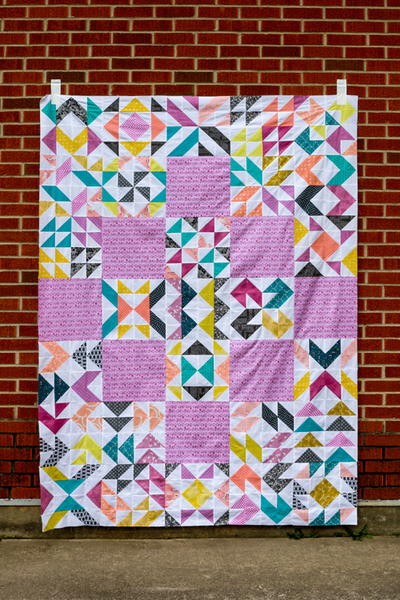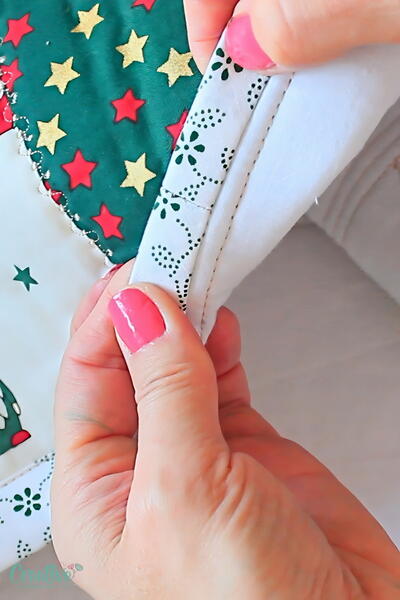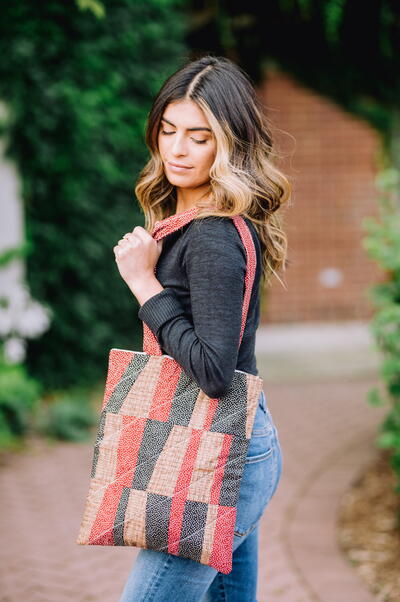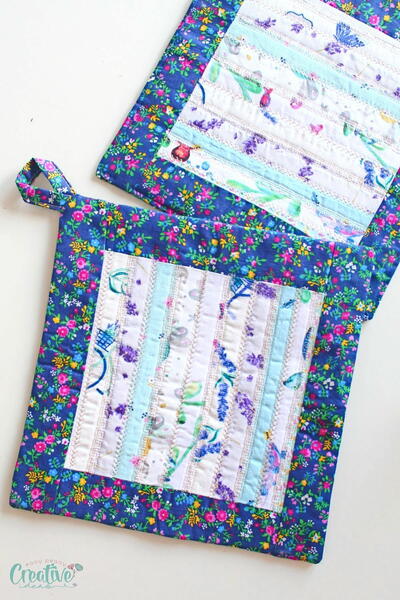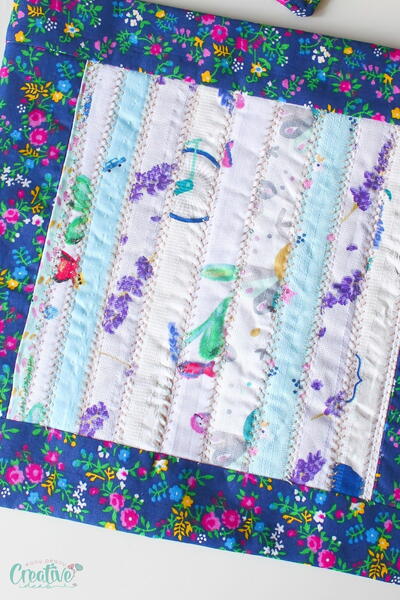The Basics of Trapunto Quilting
Trapunto and shadow trapunto quilt styles will give you stunning, one-of-a-kind quilts!
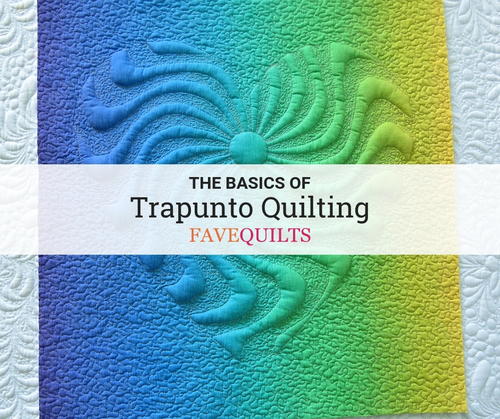
Add some extra dimension to your quilting with trapunto quilting! This quilting technique produces slightly raised areas in your quilting and will make your patterns come to life. While it simply comes from the Italian word for "quilting," this technique is so much more than a boring old quilt block.
Below, you can learn about the materials needed for trapunto quilting, some tips and tricks for trying out this terrific quilting technique, as well as some notes on shadow trapunto quilting. And when you're ready to try out a trapunto design of your very own, we've teamed up with Geta from GetasQuiltingStudio.com to bring you designs for trapunto and shadow trapunto quilting that we know you'll love!
What Is Trapunto Quilting?
Trapunto quilting is an Italian method of quilting. This technique uses specific shapes that are delineated on a quilt with stitching. Typically these patterns are intricate and visually stunning, utilizing the texture of the pattern instead of fabric color to make the design pop. Thick yarn or cotton is stuffed into the shape between the top and the batting using a needle. This puffs up the shape, giving the quilt a three-dimensional texture.
Materials for Trapunto Quilting
Thread
For stitching the design through fabric and batting you need water-soluble thread. Use it in the needle and in the bobbin. If you don’t have water-soluble thread at hand, you could try the technique with invisible (monofilament) thread.
Trapunto Batting
For the trapunto design, use a high loft, fluffy polyester batting, like Poly-fil Hi Loft by Fairfield, Hobbs Poly Down Plus or Quilters Dream Puff.
The thicker the batting, the better the visual effect given by trapunto, but keep in mind that a batting that is too thick is harder to trim and it also makes the final quilting a little more difficult.
You can use cotton batting or cotton-polyester blend, as well. The felt-like batting (like cotton) is harder to cut away than the fluffy polyester batting. If you have a low loft batting, you can use two layers.
Needles
I use Topstitch or Jeans needles for sewing the trapunto design and for the final quilting.
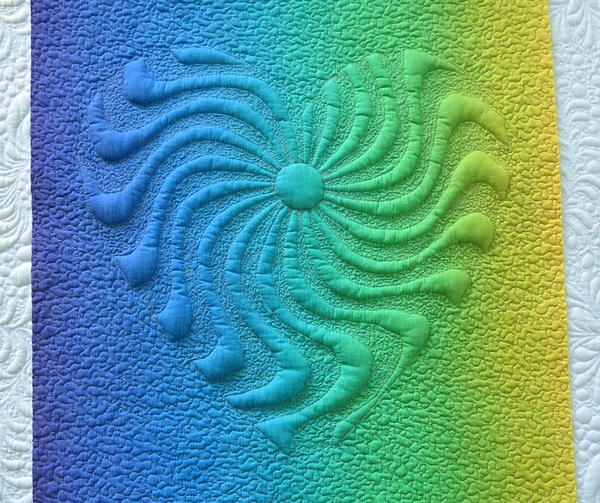
Cutting the Batting Away
If this task scares you, here are 3 tips that make it easier.
- Fabric
Starch the fabric used for trapunto; cutting the batting away is easier and with less chances to clip the fabric if the fabric is stiff – so starch it WELL.
- The scissors
This thread snip (thread clipper) is the best tool for trimming the batting. I did not even try other scissors, because it is fantastic.The short blades allow better control while trimming, meaning- again- less chances to clip the fabric. Keep always the fabric flat while you trim the batting.
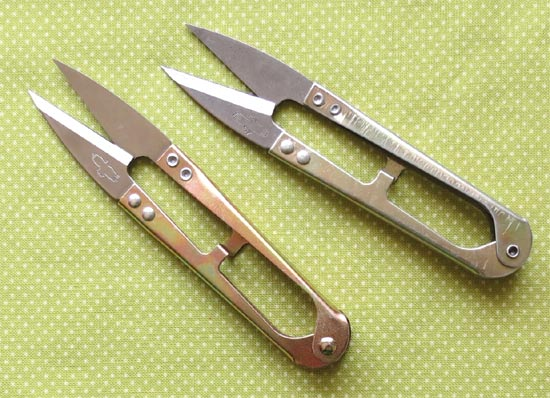
- HOLES
No matter how carefully you trim the batting away, sometimes the fabric gets clipped. Do not worry, you will cover the hole with a dense quilting, in the final quilting stage. But before that, thread a needle with a contrasting thread and tie a know near the hole; this will remind you where the hole is and that you have to repair it.
Final Quilting
For the final quilting, I find the quilting is easier if you use a cotton batting in the middle of the quilt sandwich. On the trapunto design, stitch on top of the previous stitching done with water-soluble thread or just a little outside the stitching line. Keep the batting enclosed by stitching. Use a thread that matches the color of the fabric or a contrasting thread.
A heavy quilting done around the motifs of the design will make the design stand out even more. A micro stippling works just fine. The trapunto design is enhanced by light color fabric and shiny fabric, like satin.
Shadow Trapunto
Shadow trapunto is a trapunto that is stitched on a sheer fabric. Some quilters use batiste, I use organza. There are many types of organza on the market, the best one used for this technique has a stiff, crisp feel and it doesn't stretch excessively.
This technique is not only about the raised, puffy effect, it's also about the contrast between the white of the batting and the fabric underneath. That's why you don't necessarily have to use the thickest batting, a medium loft batting works as well. The fabric underneath the organza+trapunto design must be bold and bright.
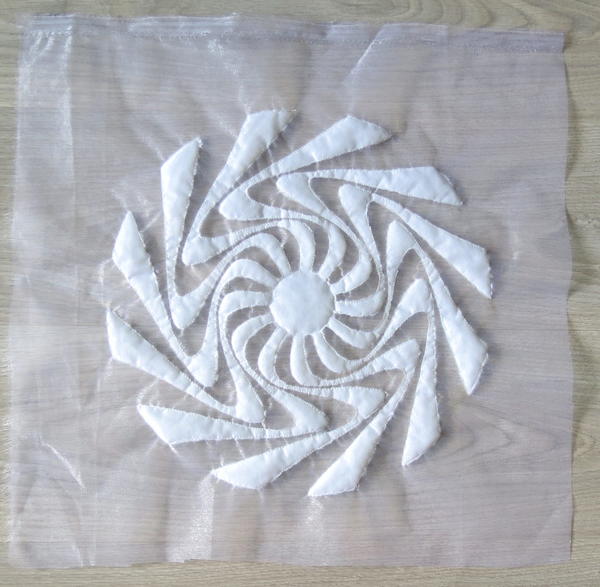
For the final quilting, usually I use white thread, but you could use a contrasting thread, as well, if you want to add more color to your design.
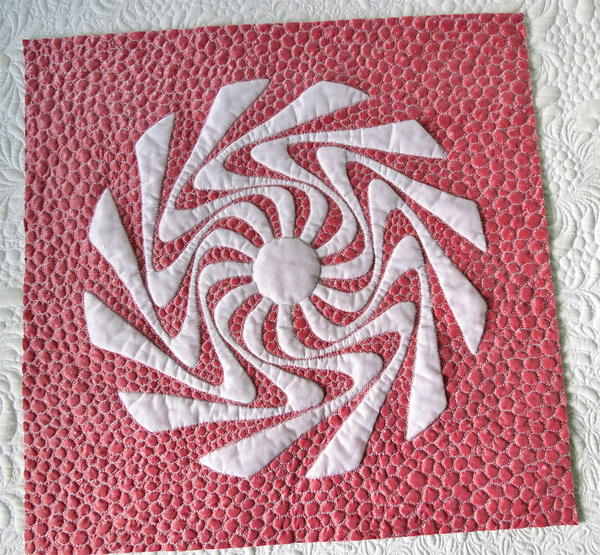
Free Trapunto and Shadow Trapunto Designs
What are you waiting for? Get starting on your trapunto quilt now with these free trapunto and shadow trapunto quilt patterns and tutorials:
Free Trapunto and Shadow Trapunto Designs


